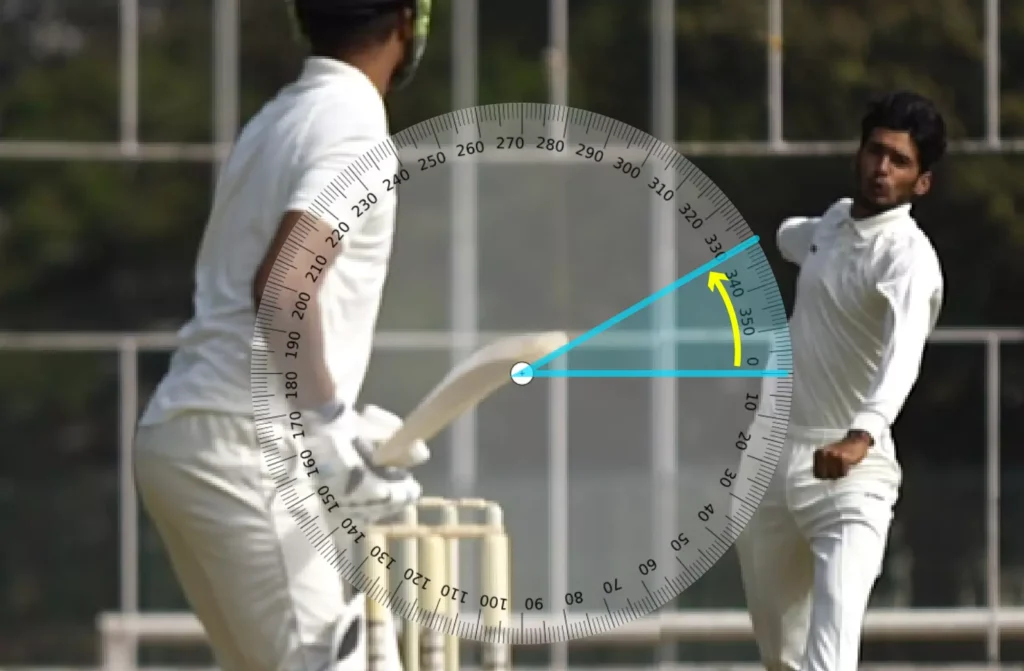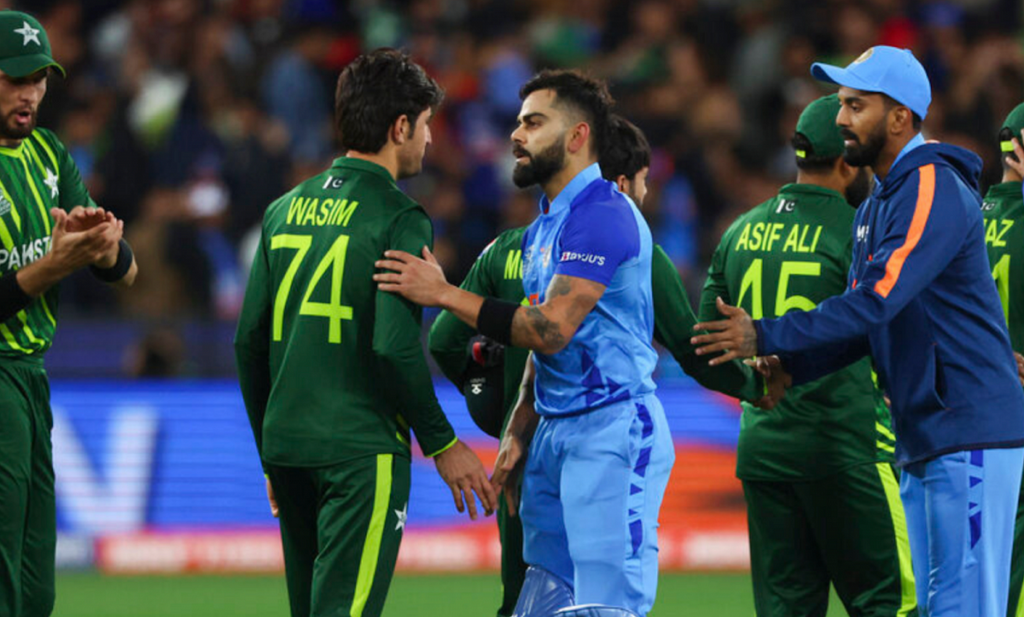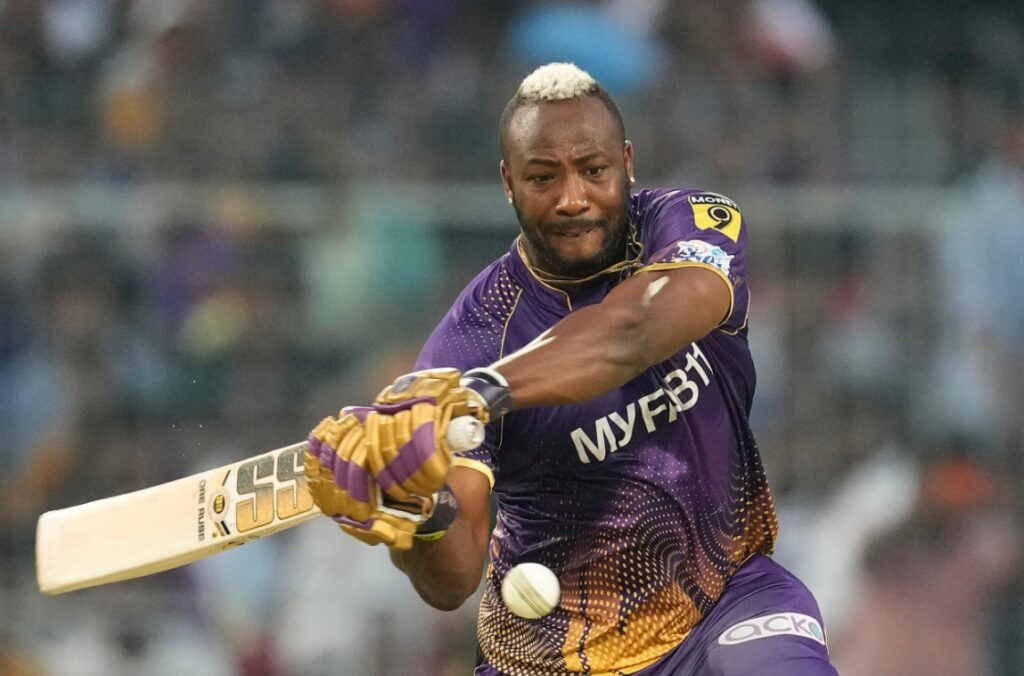Cricket Match Analysis Mastery: Strategies for Better Predictions (2024)
Understanding and predicting the outcome of a cricket match is both an art and a science. The role of match analysis in cricket prediction cannot be overstated. It’s a tool that turns raw data into insightful information, guiding predictions about how a match will unfold.
In this blog post, we aim to explore various strategies that can enhance your ability to make better predictions in cricket.
Whether you are a fan trying to understand the game, a budding analyst, or someone interested in sports betting, these insights will deepen your understanding of cricket and improve your forecasting abilities.
Understanding the Basics
To master cricket match analysis, one must first understand its fundamental concepts. Cricket is a game where runs (the score), wickets (player dismissals), and overs (set of six deliveries by a bowler) play a crucial role. Different formats of the game, such as Test (played over five days), One-Day Internationals, and T20s (Twenty20), each have unique rules and strategies.
Understanding these elements is essential for analyzing a match effectively. For instance, in a Test match, the strategy is more about endurance and sustaining performance over a longer period, while T20s require aggressive and rapid scoring.
Knowing these basics forms the foundation upon which more complex analysis is built.
Data Gathering

Source: stancebeam.com
Data gathering is a pivotal step in cricket match analysis and cricket betting. Reliable data provides the backbone for any prediction model. Key sources for comprehensive cricket statistics include websites like ESPN Cricinfo, ICC’s official site, and national cricket boards’ websites.
These platforms offer detailed data, including player statistics, team performances, and historical match outcomes. Collecting data isn’t just about numbers; it’s about understanding the context, like the conditions under which the data was recorded.
For example, a player’s performance in home conditions versus overseas can be vastly different, which is a crucial consideration in making predictions.
Focus on Team Performance
Analyzing team performance is a significant factor in predicting match outcomes. Key metrics like batting averages, strike rates, and bowling averages provide insights into a team’s strengths and weaknesses.
For example, a high batting average indicates strong batting capabilities, while a low bowling average suggests effective bowling. It’s also important to consider the balance of the team – does it have a good mix of experienced and young players?
Are there all-rounders who can contribute both with the bat and the ball? Understanding these aspects can give a clearer picture of how a team might perform under different conditions.
Player Form and Fitness
The form and fitness of individual players are critical to a team’s performance. A player in good form can significantly impact the game’s outcome. Assessing a player’s recent performances, including runs scored, wickets taken, and consistency, gives insights into their current form.
Fitness is equally important. Injuries or lack of match practice can affect a player’s contribution to the game. Monitoring news on player injuries, comebacks, and training sessions can provide valuable information for match predictions.
Pitch and Weather Conditions

Source: cricable.net
The condition of the pitch and the weather play a substantial role in cricket. Different pitches favor either batsmen or bowlers. For instance, a dry, dusty pitch might assist spin bowlers, while a green, grassy pitch could be a paradise for fast bowlers.
Similarly, weather conditions like humidity, wind, and rain can influence the game. Analyzing past matches played on a similar pitch and under comparable weather conditions can offer clues about how the match might progress.
Head-to-Head Records
Studying the head-to-head records between teams offers valuable insights. Historical data can reveal patterns and trends in how teams perform against each other. This analysis can also highlight psychological advantages one team might have over another.
For instance, if Team A has consistently beaten Team B in recent encounters, this might impact the players’ confidence levels and, consequently, the match outcome.
Player Head-to-Head Battles
Individual player battles within a game can be insightful. Certain players tend to perform better or worse against specific opponents. For example, a batsman might have a track record of struggling against a particular bowler.
These matchups can be crucial in predicting the flow and outcome of the game. Memorable player rivalries, like that between a world-class batsman and a legendary bowler, add an exciting dimension to the game and can significantly influence its course.
Recent Trends and Patterns
Identifying recent trends and patterns in team and player performance is crucial. This involves looking at the latest matches and series to spot emerging patterns. Has a team been on a winning streak? Is there a particular strategy that they have been using successfully?
Understanding these elements can give a predictor an edge, as it indicates the current form and strategy of teams and players.

Source: medium.com
In-Game Strategies
In-game strategies, such as captaincy decisions, batting orders, and bowling changes, can significantly affect match outcomes. A captain’s ability to read the game and make strategic decisions can turn the tide in favor of their team.
For instance, deciding when to declare an innings in a Test match or choosing the right bowlers for death overs in a T20 game are critical decisions that can influence the result.
Betting and Wagering Considerations
For those using predictions for betting or wagering, it’s important to approach this responsibly. Emphasize the importance of understanding the game, researching thoroughly, and never betting more than you can afford to lose.
Bankroll management is crucial in betting. It’s also important to understand that no prediction is foolproof, and there’s always an element of uncertainty in sports.
Conclusion

Source: knkx.org
This blog post has explored various strategies to enhance cricket match predictions. By understanding the basics, focusing on data, analyzing team and player performances, considering pitch and weather conditions, and studying historical records, you can make more informed predictions.
Remember, cricket is a game of uncertainties, and that’s what makes it thrilling. Use these strategies to enrich your understanding and enjoyment of the game.



















